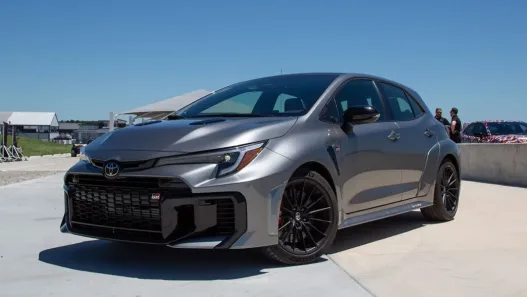Lexus is the luxury vehicle division of Toyota Motor Corporation. Launched in 1989, Lexus was born from Toyota’s ambitious “F1” project to create a world-class premium sedan, which ultimately led to the debut of the iconic Lexus LS. Since then, Lexus has evolved into a global brand known for blending luxury, advanced technology, and refined performance.
Headquartered in Shimoyama, Japan, since 2024, with key operational centers in Brussels, Belgium, and Plano, Texas, Lexus is now marketed in over 90 countries and territories. It holds the distinction of being Japan’s best-selling premium car brand and consistently ranks among the top ten Japanese global brands by market value.
Production is primarily based in Japan, with key manufacturing sites in the Chūbu and Kyūshū regions, notably the Tahara and Miyata plants. The brand also made history by starting international production in 2003 with the Canada-built RX 330.
Lexus continues to push the boundaries of automotive luxury, integrating hybrid technology and cutting-edge innovation while expanding its global footprint beyond its original U.S. stronghold to markets across Asia, Europe, and Latin America.








